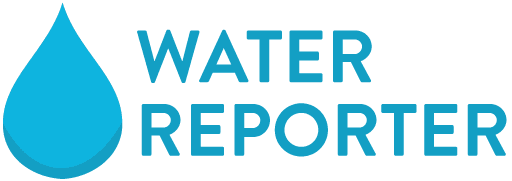The Salish Sea suffers from decades of pollution and habitat loss. Big polluters cause big harm, and our communities must continually work to protect local waters. At RE Sources, we play a vital role in making this happen. We sound the alarm on water pollution, equip community members with the tools to document and report potential pollution violations, advocate for stronger laws and regulations to safeguard our waters, public health and economy, and when necessary, take polluters to court.
It’s time our region stepped up efforts to fight pollution. The cost of cleaning up pollution far exceeds the cost of preventing it in the first place. That means moving towards a preventative approach to Salish Sea pollution in the coming years is critical, as human health and well-being, marine life, and vital sectors of Washington’s economy rely on clean water.
The problem
Pollution from industrial activity does not disappear — toxic substances and heavy metals persist, putting exposed marine life or people in harm’s way. Clean water is essential for economies across the planet, for drinking, for fishing, for just about everything.
Polluters continue to push the limits of their permits. Despite the Clean Water Act, industries can still legally discharge millions of pounds of pollution into the sound every year — which makes any illegal discharges all the more concerning.
With the federal government planning to make dramatic cuts to environmental programs, we need state and local leaders to keep Washington on track to reduce harmful toxic pollution in all communities across the state. Unfortunately, core state programs are already under tremendous pressure, are rarely funded permanently, and are at risk of continued budget cuts. Furthermore, our state agencies often do not have the personnel to monitor and enforce illegal discharges.
Industrial-scale livestock farming is also one of the leading causes of pollution to waterways nationwide, and a major cause of shellfish bed and beach closures in Washington state. Disease-causing bacteria and nitrates found in livestock manure have contaminated well water in Sumas and polluted the Nooksack River, Portage Bay, and other water bodies we depend on for food, drinking water, recreation, and our livelihoods. There are also several other sources of fecal coliform bacteria that pollute our waters including pet waste, smaller livestock farms, and leaking septic tanks.
Wastewater treatment plants are one of the biggest sources of oxygen-depleting nutrients to the Salish Sea; so much so that the Department of Ecology is in the process of developing a General Permit to regulate nutrients that come from these facilities. Excess nutrients have been linked to the decline of sea grasses and seaweed that are critical rearing habitat and food sources for many of our marine organisms. Stay tuned for how to improve treatment plant pollution and water contamination, no matter its source!

